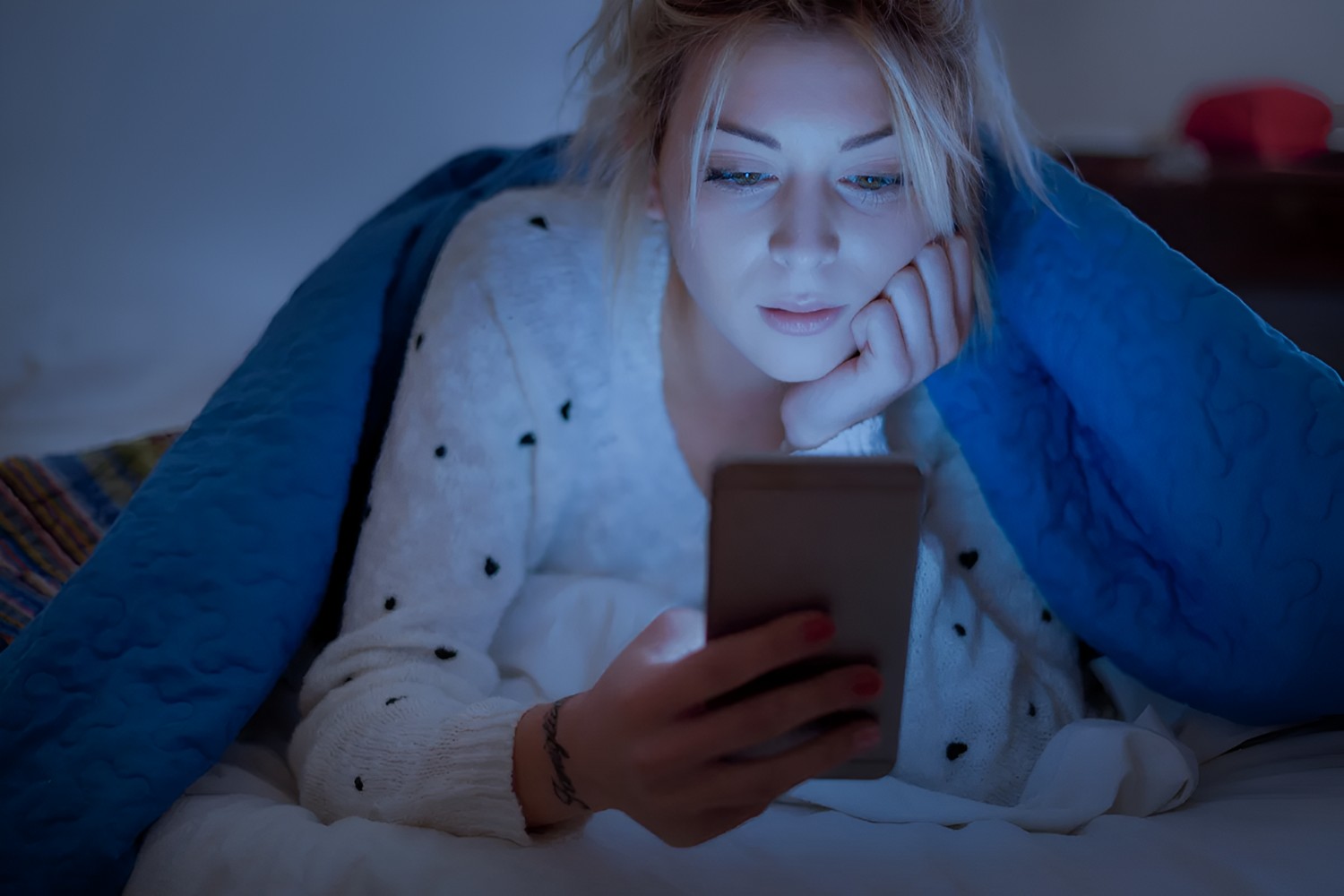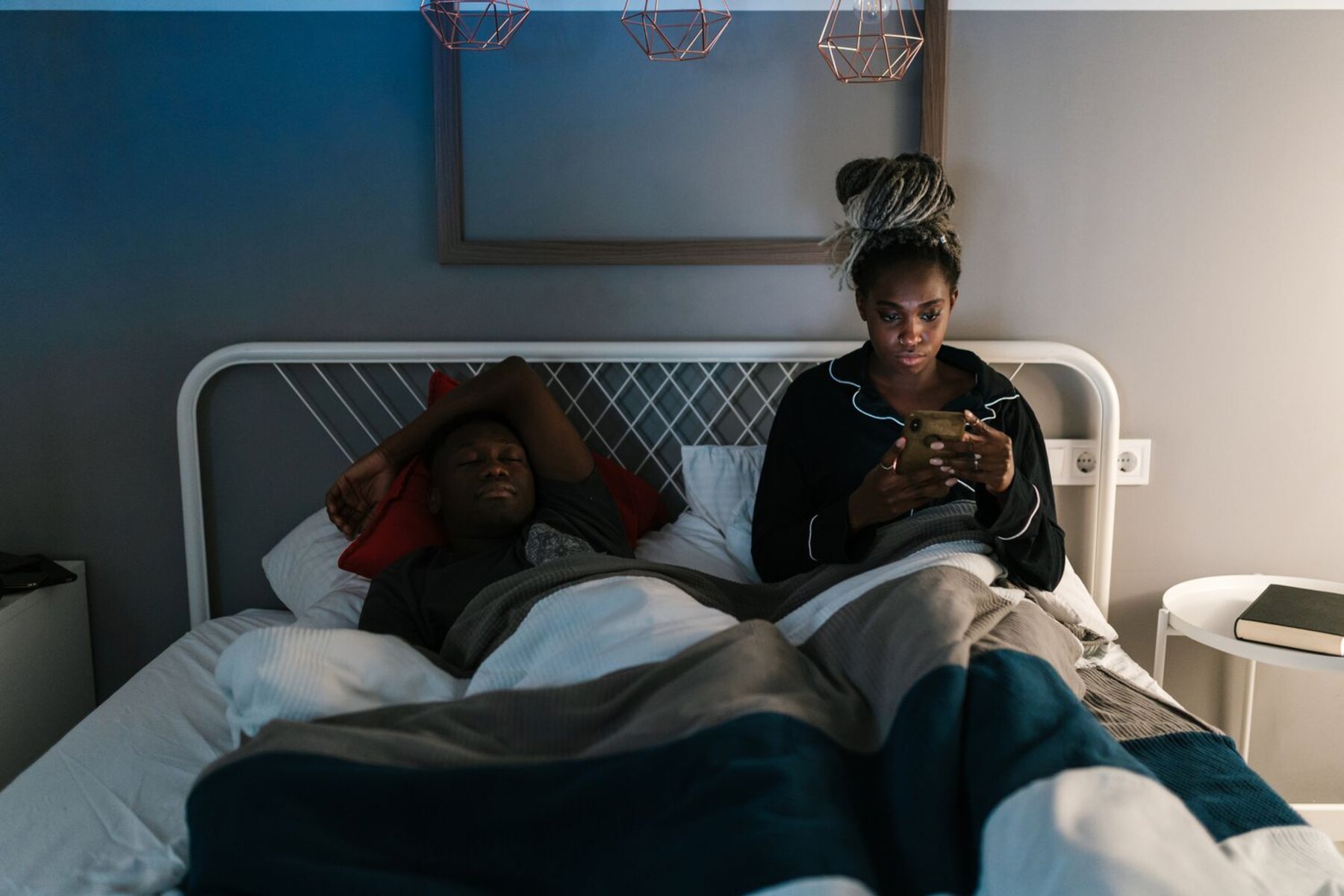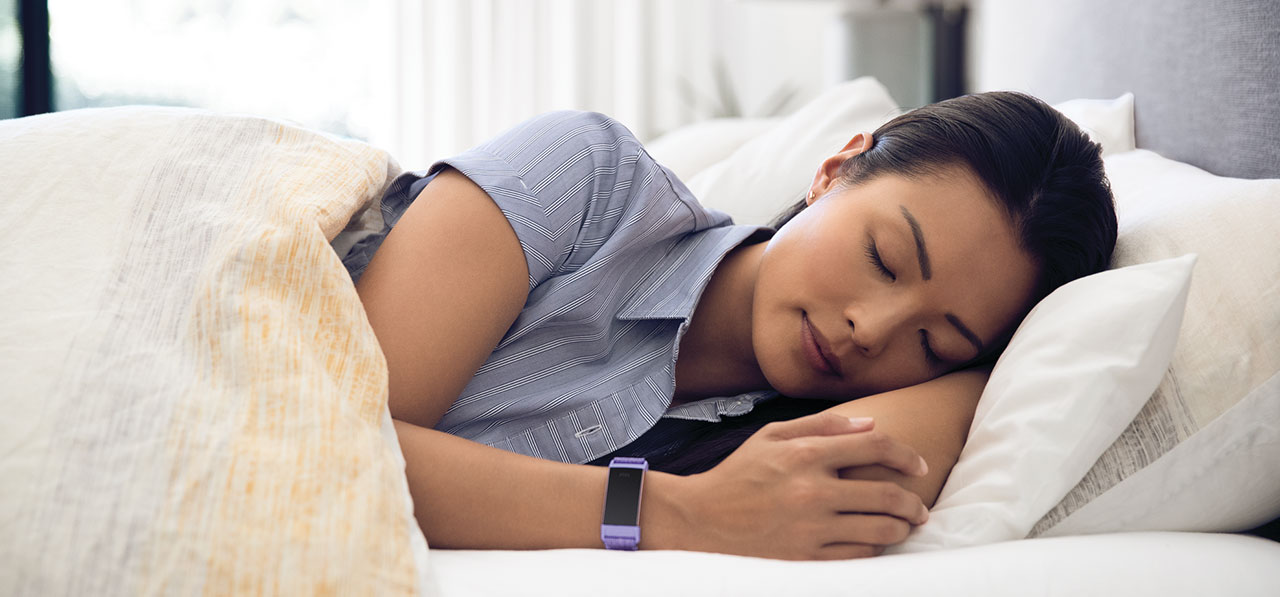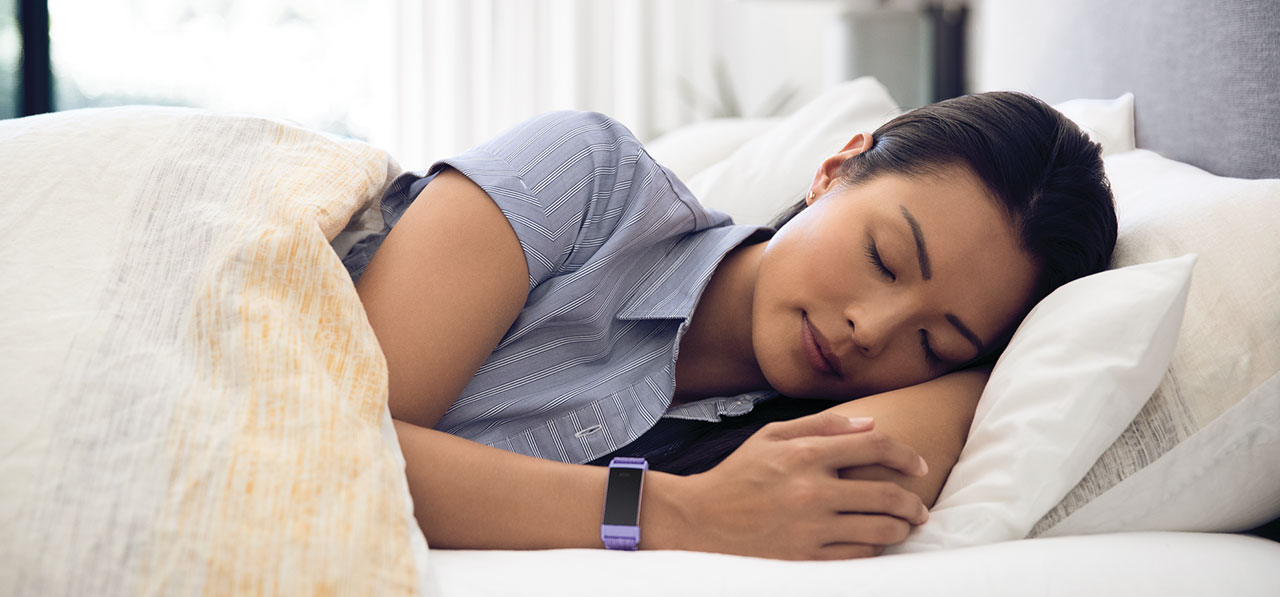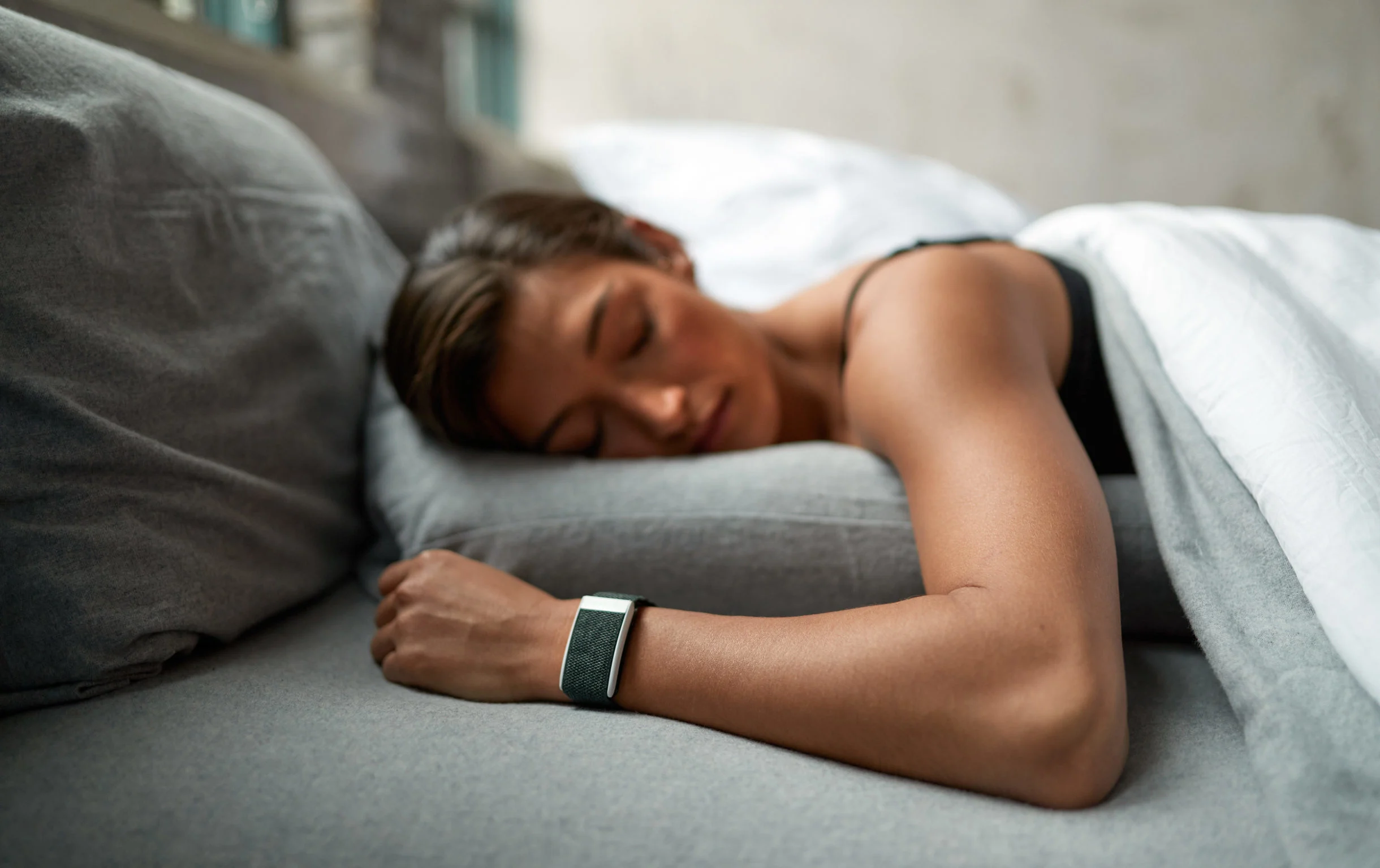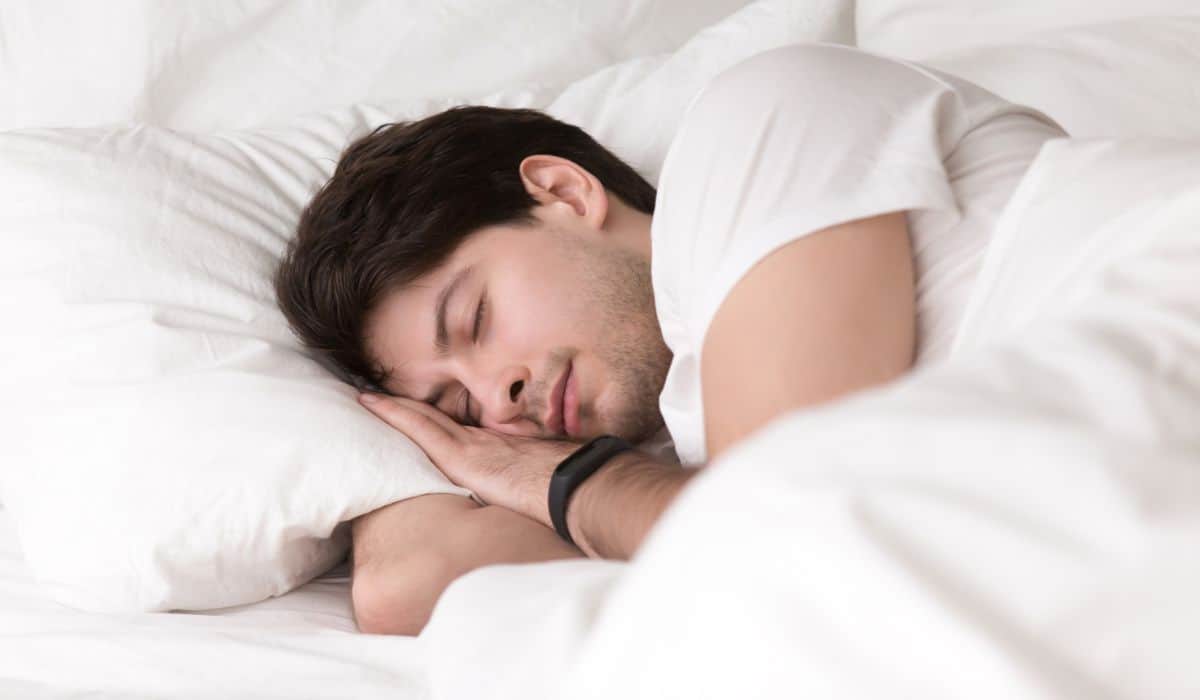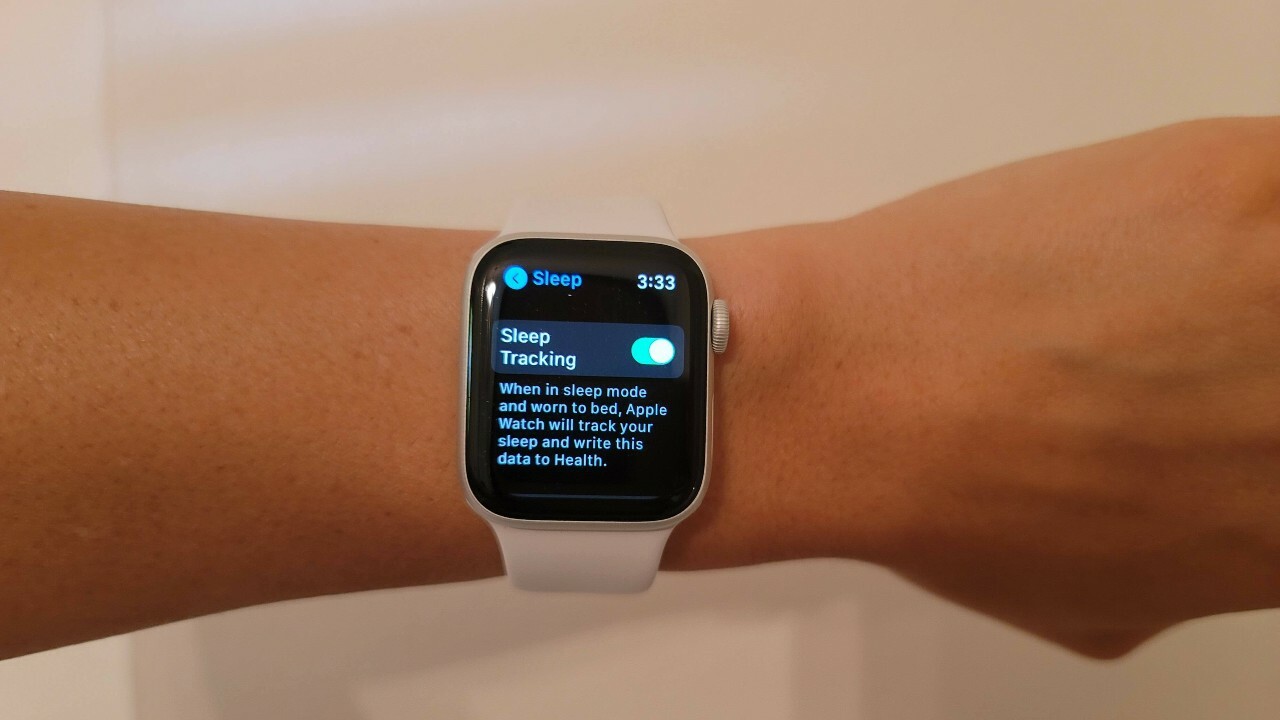Introduction
In today's digital age, our lives are intertwined with technology, and the use of gadgets has become an integral part of our daily routine. From smartphones and tablets to laptops and e-readers, these devices have revolutionized the way we communicate, work, and entertain ourselves. However, the widespread use of electronic gadgets has raised concerns about their potential impact on our sleep patterns and overall well-being.
The emergence of artificial sources of blue light, emitted by electronic devices, has garnered significant attention from researchers and health experts. Blue light is a high-energy, short-wavelength light that is naturally present in sunlight, but it is also emitted by LED screens and energy-efficient light bulbs. While exposure to natural blue light during the day can have positive effects on our mood, alertness, and cognitive performance, excessive exposure to artificial blue light, especially during the evening and nighttime, can disrupt our circadian rhythm and hinder our ability to fall asleep.
As we immerse ourselves in the digital world, the prevalence of late-night gadget usage has become a common practice for many individuals. Whether it's scrolling through social media feeds, watching videos, or catching up on emails, the temptation to engage with our devices persists even as bedtime approaches. However, this behavior can inadvertently sabotage our sleep quality and contribute to sleep disturbances, such as difficulty falling asleep, reduced sleep duration, and impaired sleep efficiency.
Understanding the impact of blue light on our sleep and recognizing the significance of establishing healthy sleep hygiene practices is crucial in addressing the challenges posed by excessive gadget usage. By adopting mindful strategies to minimize blue light exposure before bedtime, individuals can optimize their sleep environment and promote restful, rejuvenating sleep.
In the following sections, we will delve deeper into the science behind blue light and its effects on sleep, emphasizing the importance of timing to avoid blue light before bed. Additionally, practical sleep hygiene tips will be explored to empower readers with actionable strategies for minimizing blue light exposure and enhancing their overall sleep quality.
Understanding Blue Light and its Impact on Sleep
Blue light, a high-energy, short-wavelength light present in sunlight, is also emitted by LED screens and energy-efficient light bulbs. This artificial source of blue light has become ubiquitous in our modern lives, as we spend increasing amounts of time in front of electronic devices. The pervasive nature of blue light exposure has raised concerns about its potential impact on our sleep patterns and overall well-being.
The human body's internal clock, known as the circadian rhythm, is influenced by external cues, particularly light. Natural exposure to blue light during the day helps regulate our sleep-wake cycle, promoting alertness and regulating our mood. However, in the evening and nighttime, exposure to artificial blue light can disrupt this delicate balance. The short-wavelength blue light suppresses the production of melatonin, a hormone that signals the body to prepare for sleep. Consequently, prolonged exposure to blue light in the evening can delay the onset of sleep and reduce overall sleep quality.
Research has shown that individuals who use electronic devices before bedtime experience a delay in the onset of sleep and a reduction in rapid eye movement (REM) sleep, which is crucial for cognitive restoration and emotional regulation. Furthermore, the impact of blue light extends beyond sleep duration, affecting the overall quality of sleep. Disrupted sleep patterns can lead to daytime drowsiness, impaired cognitive function, and mood disturbances, ultimately impacting an individual's overall well-being and productivity.
The physiological effects of blue light on sleep are particularly pronounced in adolescents and young adults, who are more susceptible to the influence of electronic devices on their sleep patterns. With the widespread use of smartphones and tablets among this demographic, the potential consequences of excessive blue light exposure on their sleep hygiene and mental health have become a focal point of concern.
Understanding the intricate relationship between blue light and sleep is imperative for individuals striving to optimize their sleep quality. By recognizing the disruptive effects of artificial blue light on the circadian rhythm and sleep patterns, individuals can take proactive measures to mitigate these influences and establish healthier sleep habits. This awareness forms the foundation for implementing effective sleep hygiene practices and minimizing blue light exposure before bedtime, ultimately promoting restful and rejuvenating sleep.
Importance of Timing to Avoid Blue Light Before Bed
The timing of blue light exposure holds significant implications for our sleep-wake cycle and overall sleep quality. As the evening approaches and the natural light diminishes, our bodies naturally begin to prepare for sleep. However, the prevalence of artificial blue light from electronic devices can disrupt this transition, leading to prolonged wakefulness and diminished sleep readiness.
The critical period leading up to bedtime, often referred to as the "dim light melatonin onset" (DLMO), is a pivotal window during which our bodies respond sensitively to light cues. Exposure to blue light during this phase can suppress the release of melatonin, delaying the onset of sleep and compromising the depth and restorative nature of our sleep.
Moreover, the impact of timing on blue light exposure is particularly pronounced for individuals with irregular sleep schedules or those susceptible to circadian rhythm disruptions. Shift workers, frequent travelers, and individuals with inconsistent bedtime routines are especially vulnerable to the adverse effects of blue light exposure during non-standard sleeping hours. The misalignment between their natural circadian rhythm and external light cues can exacerbate the disruptive influence of blue light, further compromising their ability to attain restorative sleep.
Furthermore, the cumulative effect of habitual late-night gadget usage, characterized by prolonged exposure to blue light, can perpetuate a cycle of sleep disturbances and perpetuate sleep debt. The habitual delay in sleep onset due to blue light exposure can lead to a chronic state of sleep deficiency, impacting cognitive function, emotional well-being, and overall health.
Recognizing the importance of timing to avoid blue light before bed is paramount in cultivating an environment conducive to restful sleep. By acknowledging the susceptibility of our circadian rhythm to light cues, individuals can proactively implement measures to minimize blue light exposure during the critical hours leading up to bedtime. This proactive approach involves establishing a digital curfew, reducing screen time, and incorporating alternative activities that promote relaxation and signal the body's readiness for sleep.
In essence, the timing of blue light exposure directly influences our body's internal clock and its ability to prepare for restorative sleep. By prioritizing the avoidance of blue light during the crucial pre-sleep period, individuals can safeguard their sleep quality and promote a more harmonious relationship between their digital lifestyles and optimal rest.
Sleep Hygiene Tips to Minimize Blue Light Exposure
-
Establish a Digital Curfew: Set a designated time in the evening to power down electronic devices, creating a buffer period before bedtime during which blue light exposure is minimized. This proactive approach allows the body to naturally transition towards sleep without the disruptive influence of artificial light.
-
Enable Night Mode or Blue Light Filters: Many modern devices offer features such as Night Mode or blue light filters that adjust the screen display to emit warmer, less stimulating light. Activating these settings in the evening can significantly reduce the impact of blue light on melatonin suppression, supporting a smoother transition to sleep.
-
Invest in Blue Light Blocking Glasses: Consider using blue light blocking glasses, especially for individuals who rely on electronic devices extensively during the evening. These specialized glasses filter out a significant portion of blue light, mitigating its impact on the circadian rhythm and promoting a more conducive environment for restful sleep.
-
Opt for Alternative Evening Activities: Instead of engaging with electronic devices before bed, opt for relaxing activities that do not involve screen time. Reading a physical book, practicing gentle yoga, or engaging in calming meditation can serve as effective alternatives to reduce reliance on electronic gadgets and minimize blue light exposure.
-
Dim the Lights and Use Warm-Toned Bulbs: Create a soothing ambiance in the evening by dimming overhead lights and utilizing warm-toned bulbs in living spaces. This gentle lighting not only reduces overall exposure to stimulating light but also signals the body's natural inclination towards winding down for the night.
-
Establish a Sleep-Friendly Bedroom Environment: Transform the bedroom into a sanctuary optimized for restful sleep by minimizing electronic devices in the sleeping area. Additionally, consider incorporating blackout curtains to block out external sources of light, further enhancing the sleep-inducing environment.
-
Prioritize Physical Activity and Exposure to Natural Light: Engage in regular physical activity and seek exposure to natural light during the day to reinforce the body's natural circadian rhythm. By promoting daytime alertness and enhancing the body's sensitivity to light cues, individuals can cultivate a more robust sleep-wake cycle, reducing the susceptibility to the disruptive effects of blue light at night.
-
Educate and Encourage Family Participation: Foster awareness of the impact of blue light on sleep hygiene within the household and encourage family members to collectively embrace healthy digital habits. By creating a supportive environment that values the prioritization of sleep, individuals can reinforce their commitment to minimizing blue light exposure before bedtime.
By integrating these practical sleep hygiene tips into daily routines, individuals can proactively mitigate the influence of blue light on their sleep quality, fostering an environment conducive to restorative and rejuvenating sleep.
Conclusion
In today's tech-driven society, the prevalence of electronic gadgets and their associated blue light emissions has significantly impacted our sleep patterns and overall well-being. The detrimental effects of excessive blue light exposure, particularly in the evening and nighttime, have underscored the importance of adopting mindful strategies to minimize its influence on our sleep quality. By understanding the science behind blue light and its disruptive effects on the circadian rhythm, individuals can proactively implement sleep hygiene practices to optimize their sleep environment and promote restful sleep.
The significance of timing to avoid blue light before bed cannot be overstated. Recognizing the critical period leading up to bedtime, during which our bodies are sensitive to light cues, underscores the need to establish a digital curfew and minimize screen time. By prioritizing the avoidance of blue light during this pivotal phase, individuals can empower their bodies to naturally transition towards sleep, fostering a more harmonious relationship between their digital lifestyles and optimal rest.
The implementation of practical sleep hygiene tips, such as enabling night mode on devices, investing in blue light blocking glasses, and prioritizing alternative evening activities, offers actionable pathways to minimize blue light exposure and enhance sleep quality. By creating a sleep-friendly bedroom environment and fostering awareness of the impact of blue light on sleep hygiene within the household, individuals can cultivate a supportive ecosystem that values the prioritization of restful sleep.
In essence, the proactive management of blue light exposure before bedtime is instrumental in fostering an environment conducive to restorative and rejuvenating sleep. By integrating these strategies into daily routines and embracing a holistic approach to sleep hygiene, individuals can mitigate the disruptive effects of blue light and reclaim control over their sleep quality and overall well-being.
As we navigate the digital landscape, the conscientious management of blue light exposure stands as a cornerstone of healthy sleep practices. By embracing these insights and implementing actionable measures, individuals can embark on a journey towards optimizing their sleep environment, fostering resilience against the pervasive influence of blue light, and embracing the restorative power of rejuvenating sleep.







